
Our trip to Japan ended just in time to celebrate Passover in Los Angeles. Now it’s back to “real life”—not that enjoying a seder with friends and relatives isn’t real life. Still, eight days of forgoing bread only makes the memory of Japanese baked goods all the sweeter. Western-style bakeries—and especially bread and all that’s made with it (including those crustless, white-bread sandwiches or sandos above)—are huge in Japan and have been for many years.
Is bread as popular as rice? Apparently (see footnote below),1 though that’s a little hard to believe when rice is served with almost every meal and baskets of bread, never!
Still, you might wonder if you’d been magically transported to Paris after seeing displays of croissants and baguettes in store windows and signs written in French, except for the many twists on the familiar products to suit Japanese tastes—like seaweed (nori) or shiso leaves sprinkled on buns or cherry blossoms (sakura) or sweet red bean paste incorporated into the filling.


We also tasted what was the lightest and probably the most delicious cheesecake I’ve ever had the pleasure of eating at Rikuro’s in Osaka. The cake, comprised of just seven ingredients and nothing like a dense, New York-style cheesecake, isn’t available anywhere other than Osaka, and people line up for it as if they’re getting tickets to a rock concert.
Check out the cheesecake and more in my husband' Jeff’s PhotowalksTV episode on Osaka.
The cheesecake is worth waiting for. It melts on your tongue like a creamy cloud seeded with a few delicious raisins at the bottom. Four of us devoured the little 7-inch round in a park and wished another one would fall from heaven. When we went back for seconds, the line was even longer than earlier.
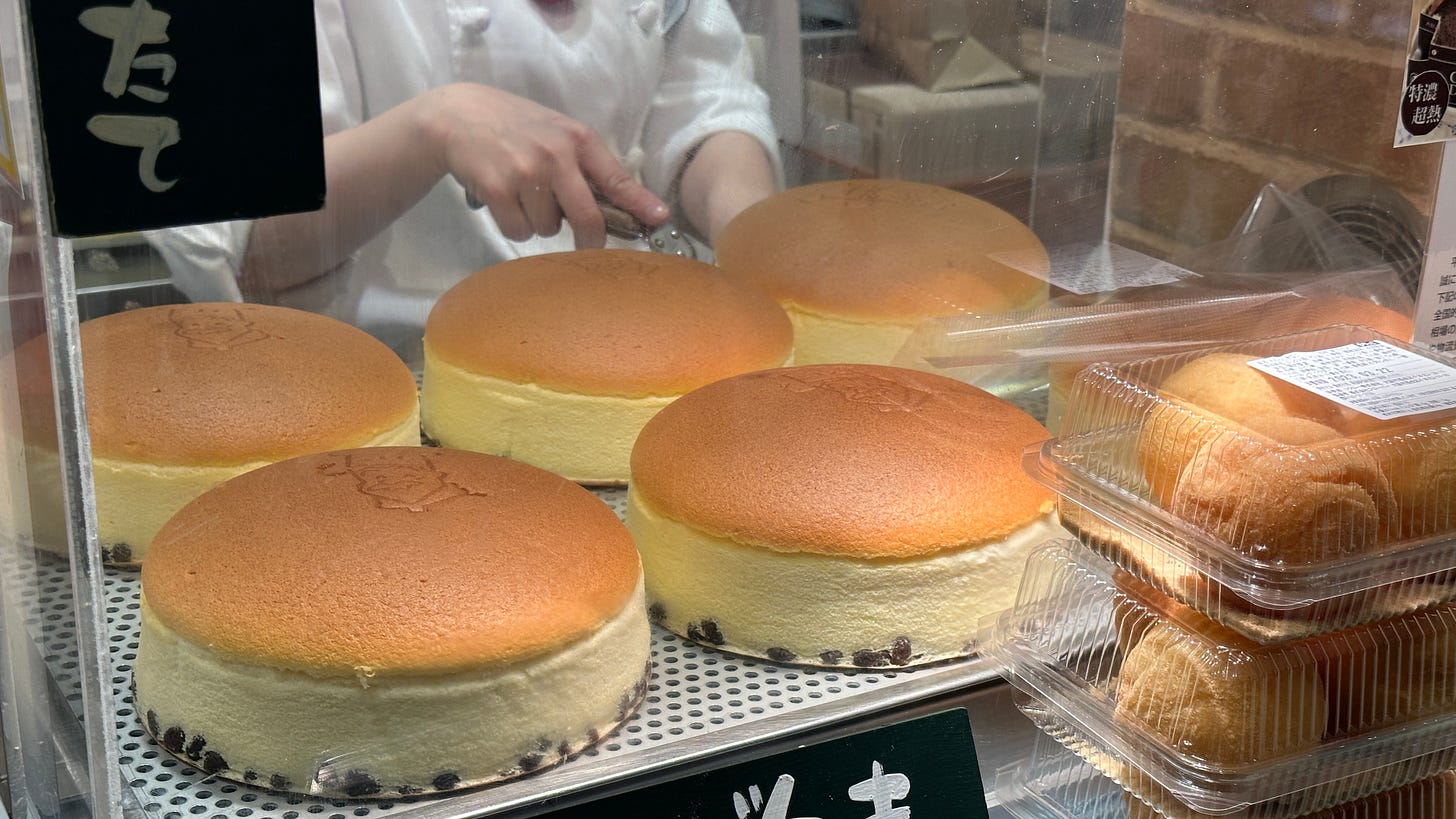
More Eats in Osaka
On this, our sixth trip to Japan’s Kansai region, located in the southwestern area of Japan’s main island, Honshū, we spent most of our time with our son Sam and his wife Nagisa near the town of Kobe, with a few excursions to nearby Osaka.
My husband Jefferson Graham, also a blogger here on Substack, put together three videos about the area, with help from writer, teacher and raconteur, Matt Kaufman. A native New Yorker, Matt first visited Japan more than 25 years ago as part of a junior year abroad program, fell in love with Mami, and ended up staying.
Matt writes for Osaka.com, an excellent resource for anyone visiting Osaka. He introduced us to some terrific local cuisine, including a restaurant that served a multitude of chicken dishes that made my fish-phobic husband very happy!

Osaka is famous for many things, including its Dōtonbori area, a huge tourist magnet that I found quite overwhelming, though it was picturesque and offered multiple opportunities to sample local fare, including takoyaki, fried balls of batter secreting bits of octopus and covered in a special sauce. The dish is wildly popular in Osaka and a tourist favorite. Unfortunately, I purchased a nonstandard version topped with an entire baby octopus and felt ill immediately after eating it—not so much from the flavor as from the crunch and the idea of consuming a creature that looked like it might have been swimming just minutes before. (If you’re inclined to eat takoyaki, I recommend the type without an eight-legged cephalopod on top!)

Under the sakura trees
As I mentioned in a previous post, we arrived in Japan just in time for the blooming of the sakura trees. It’s customary for Japanese families to picnic under the trees and celebrate the brief period—usually just a week or two—when they’re in blossom before the flowers fall in showers of petals. This spring tradition is called Hanami. This practice is so popular that sometimes it’s hard to escape the crowds, but my son’s father-in-law, Toru, found us a spot near a river for a picnic. Many others were enjoying a perfect day for sakura viewing as well.

Japan’s famed underground food markets
The Japanese love of shopping and food finds a happy marriage in a phenomenon known as the depachika—underground markets, located in the basement of many major department stores. (And there are many department stores everywhere—and they’re almost invariably packed with enthusiastic shoppers!)
There you can find almost any snack, treat or takeout meal you desire, along with fresh produce, fish, meats, tea, gifts for any season (sakura-themed gifts were particularly popular while we were there)—and of course bread.

I can’t think of anything more fun than just wandering around in this market staring at all the eye-catching displays and occasionally whipping out my wallet to buy something that strikes my fancy or tickles my tastebuds.
I’m not sure if the Japanese haven’t yet discovered online shopping or if they simply do both—but there were a lot of people wandering through the aisles every time I visited, not only here but on a popular shopping street a couple of blocks from our hotel.

And what about sushi?
When Jeff was off researching his Osaka videos, I snuck away to indulge in some really excellent conveyor-belt sushi with my son and daughter-in-law at Daiki Suisan in Nishinomiya. That’s the type of sushi that travels around the room on a belt, with guests snagging the little plates as the food moves slowly past. I was too engaged in snagging, eating and coveting what was rotating by to take many pictures, but I did manage to snap one of a delicious yellowtail sushi.
For the future
Okay, that’s it folks. I’m leaving Japan’s mind-boggling vending machines and gourmet 7-Elevens for future posts, perhaps when we return to Japan. Also to come in the nearer future, more about my daughter-in-law’s 94-year-old grandma, Yoshiko, a marvelous home cook who is teaching her granddaughter all that she knows. She surprised me on our recent visit by making a dish I remember was also in my Scottish-Lithuanian-Jewish mother’s repertoire—stuffed cabbage in a tomato sauce. How does that happen—worlds, cultures, and 5,000-plus miles apart? Just more proof that food and cooking know no boundaries.
I just wanted to say thanks again to Crowden Satz for the shoutout in his entertaining newsletter, Letters from Satz, a new blog filled with wit and wisdom in the form of commentary and cartoons. I hope you’ll check it out. Also, don’t forget to watch Jeff’s two delightful videos on Osaka, up right now.
Please don’t be shy about liking, commenting on and sharing this post. Of course, it would warm the cockles of my heart if you’d subscribe, assuming you haven’t already.
Okay that’s it for now, or, as the Japanese say, “Mata ne.” (またね) See you later!
Ruth
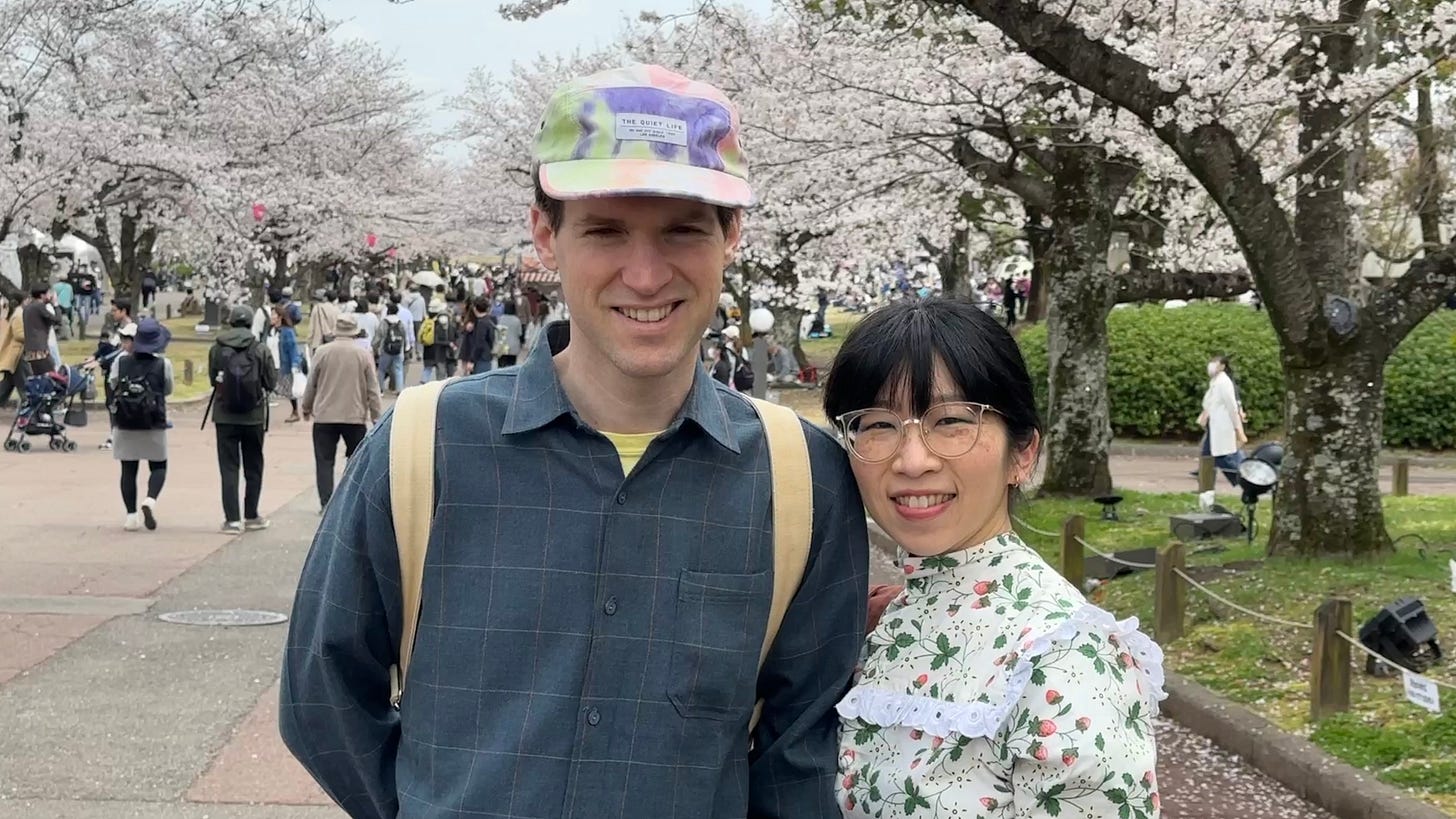
Despite Japanese reverence for French food heritage, the Japanese word for bread, pan, derives from the Portuguese word, pão. It was Portuguese traders in the port city of Nagasaki in the mid-16th century who first introduced bread to Japan. Fast forward several centuries to the 21st, and the multitude of western-style bakeries tells a story: sales of bread surpassed rice in Japan in 2011. One explanation? U.S. flooded the market with surplus wheat in response to severe food shortages following World War II. Another is the continued popularity of western-style dishes—referred to as yoshoku—in Japan.

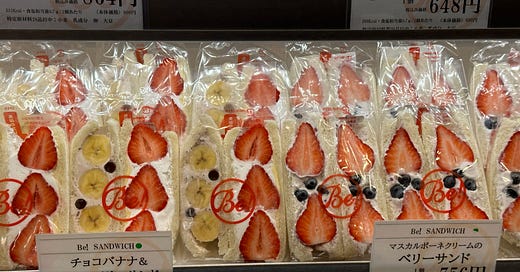


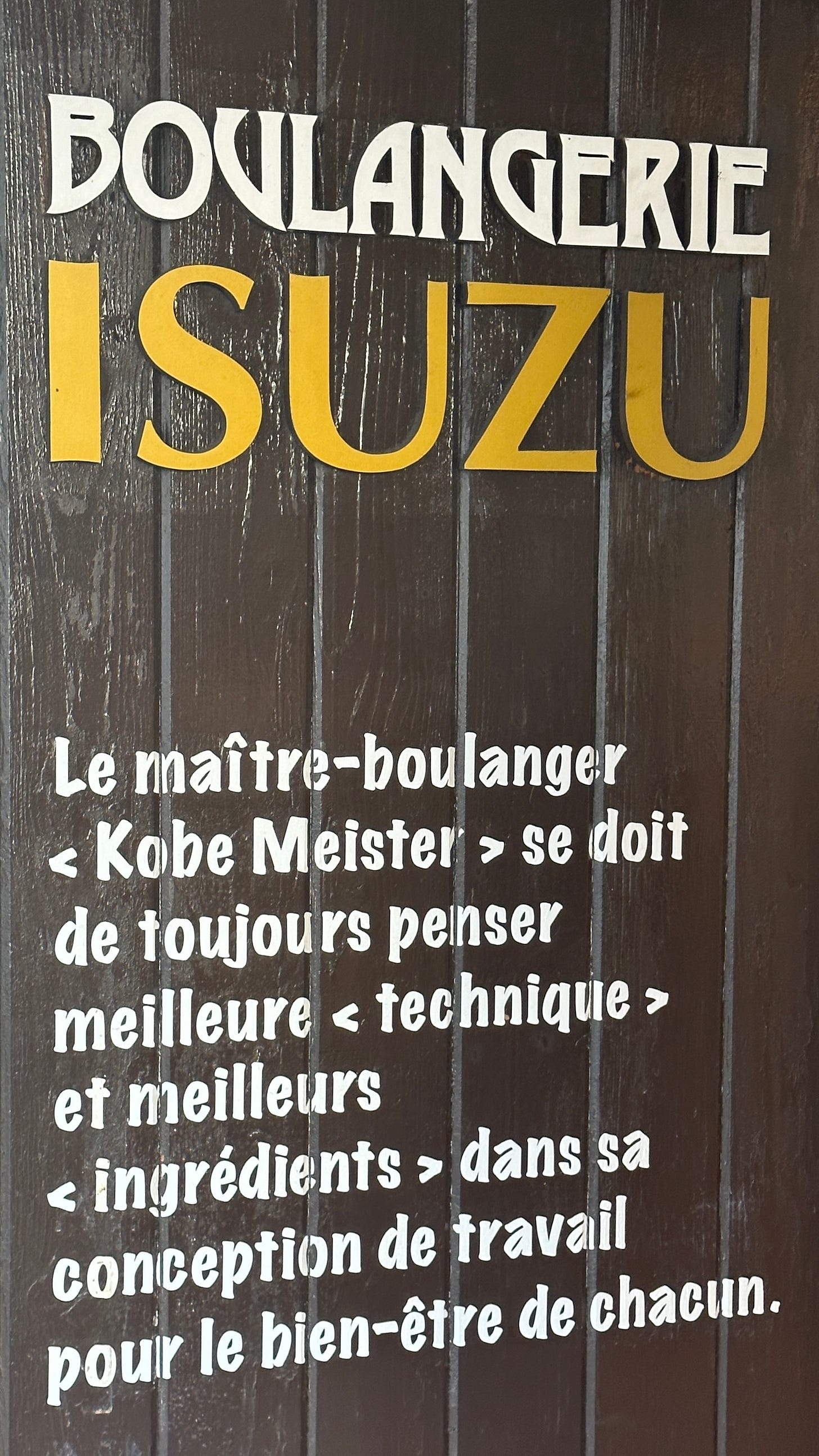

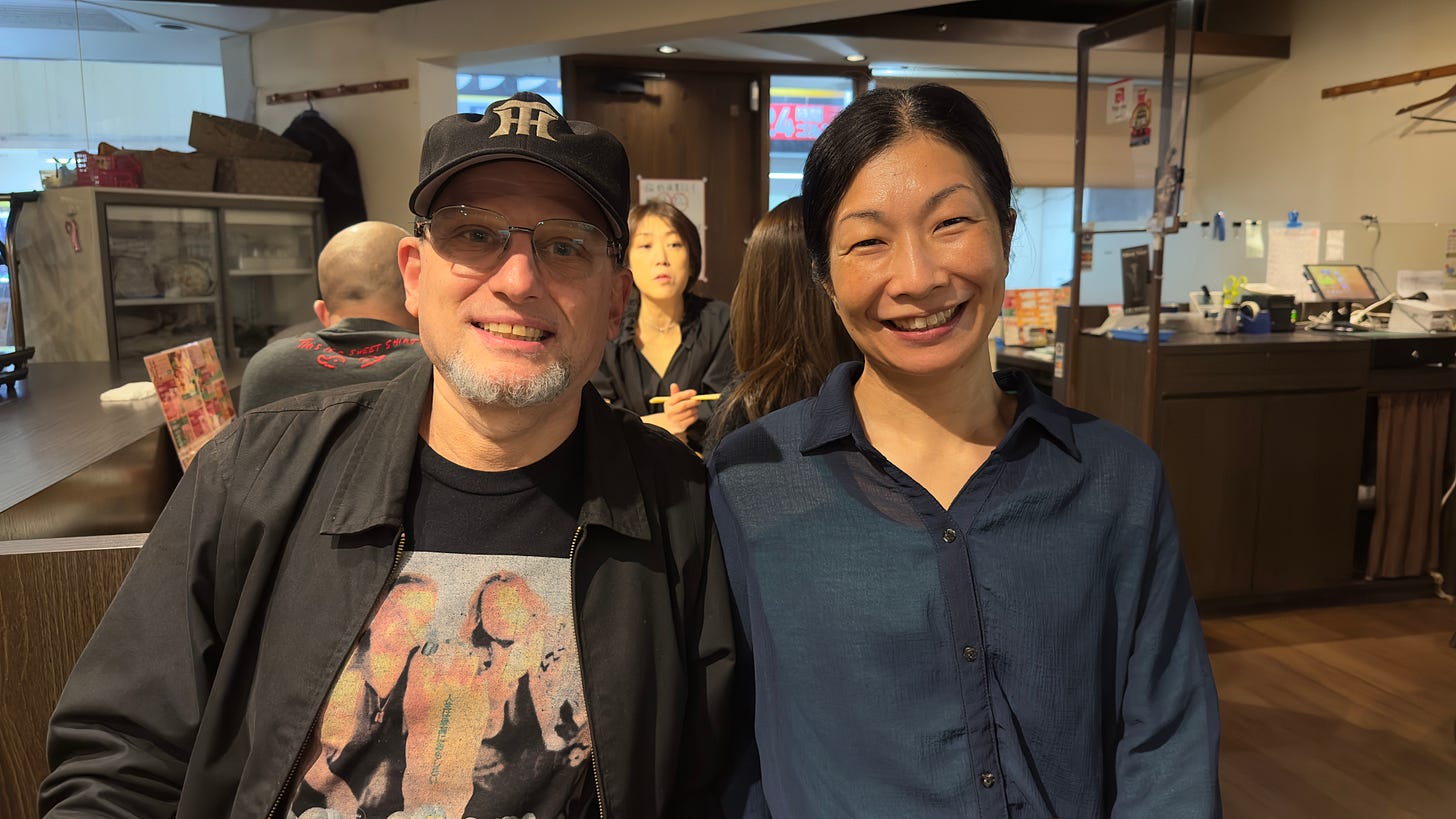
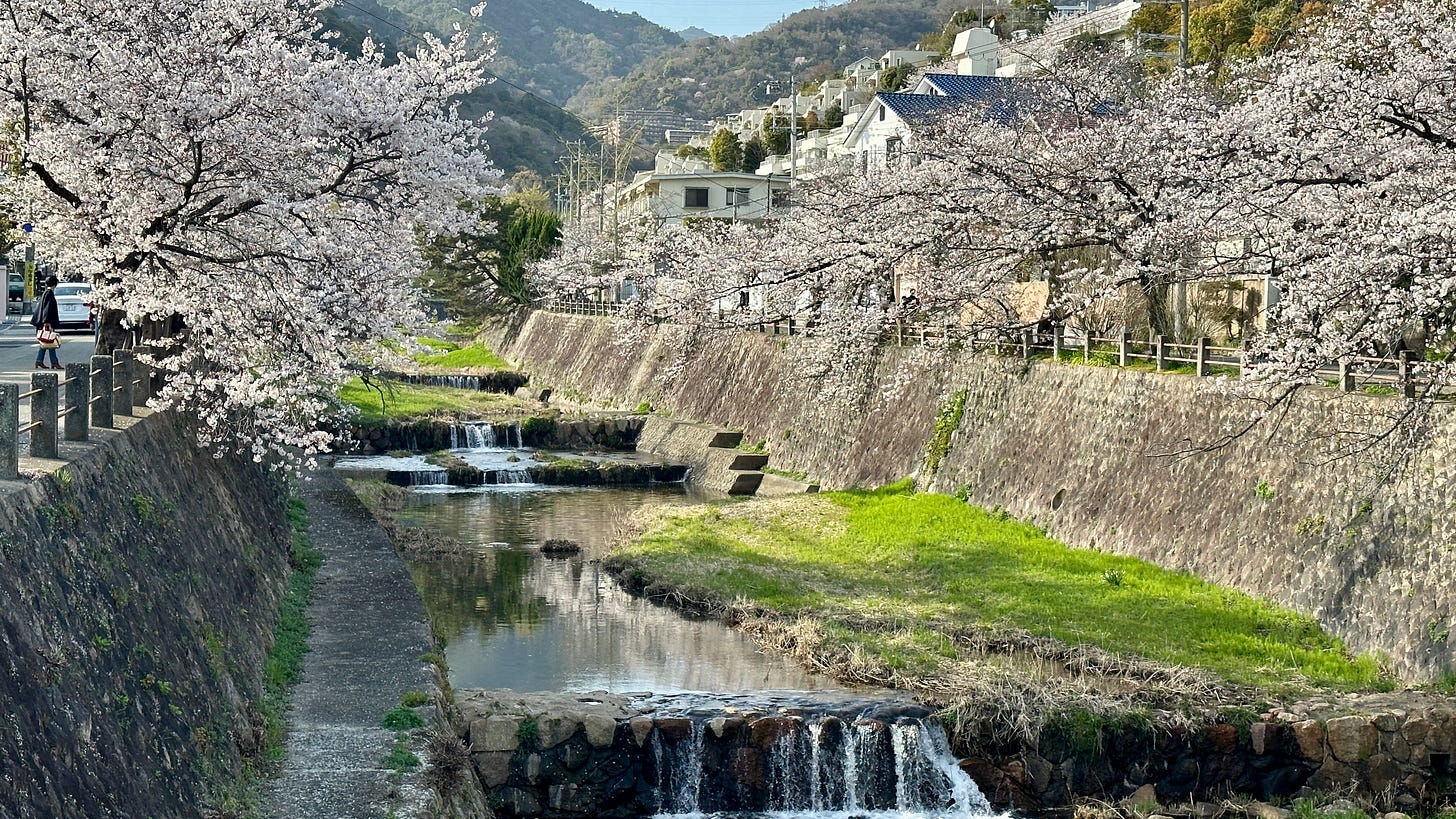
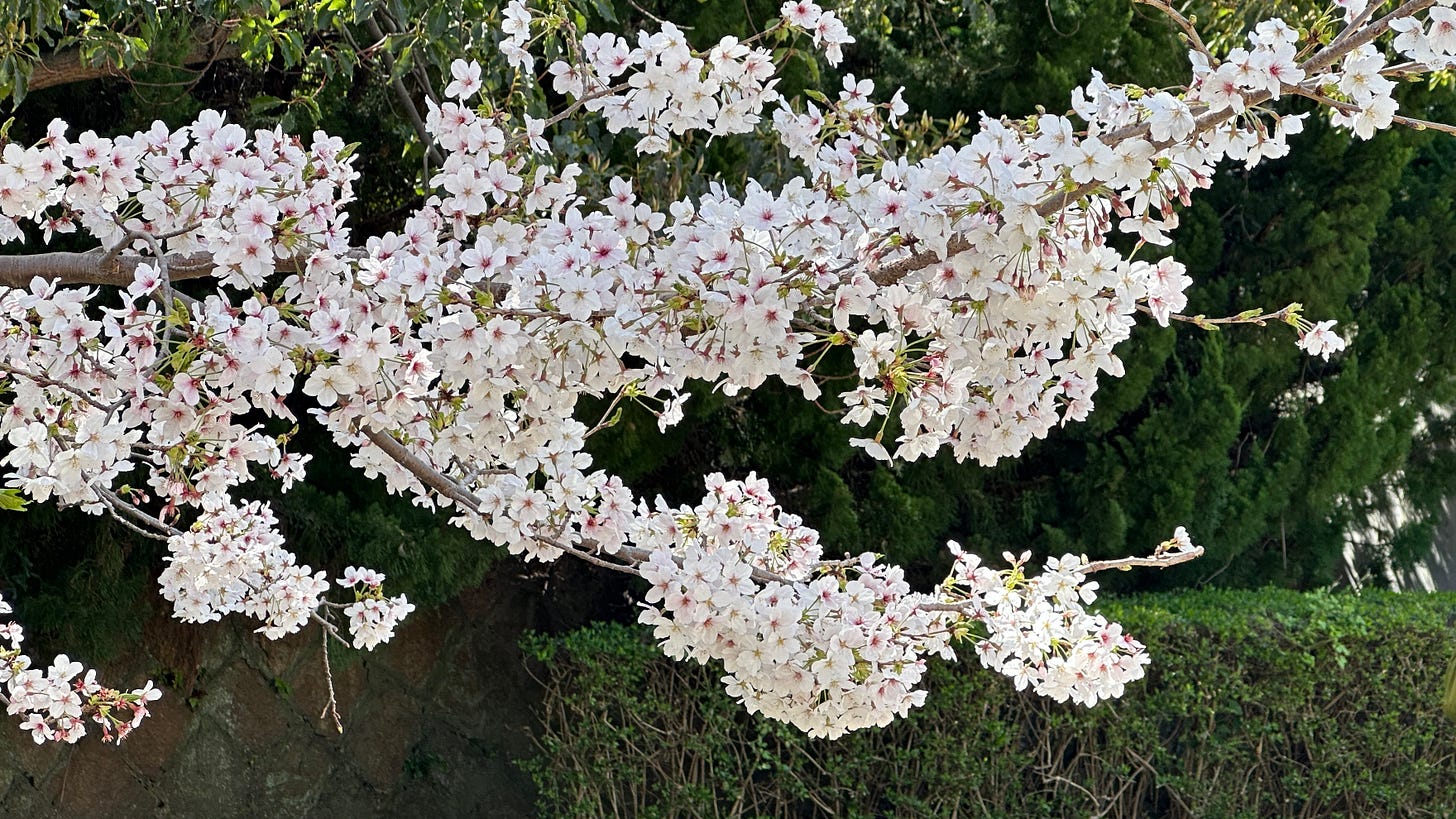
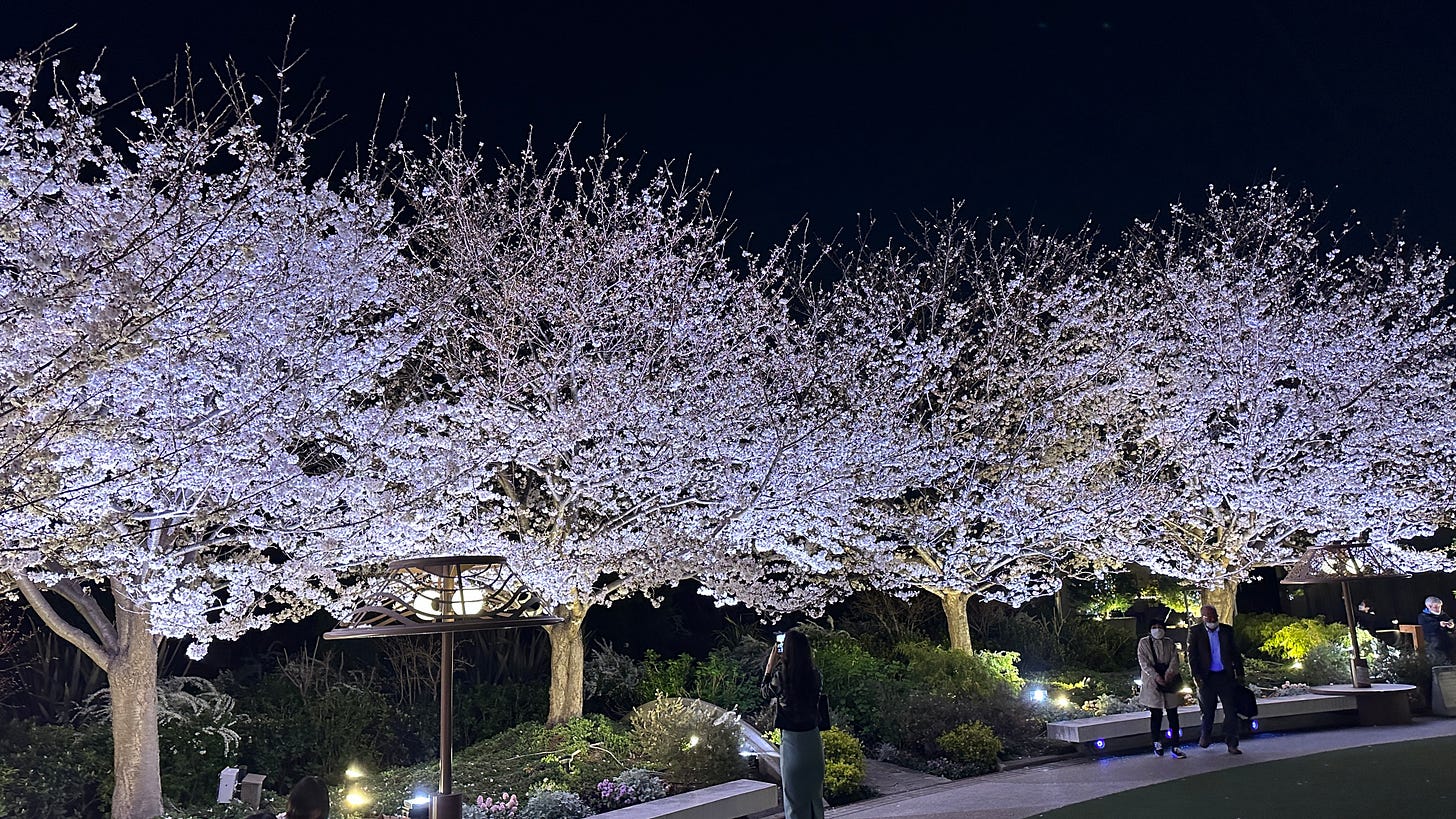
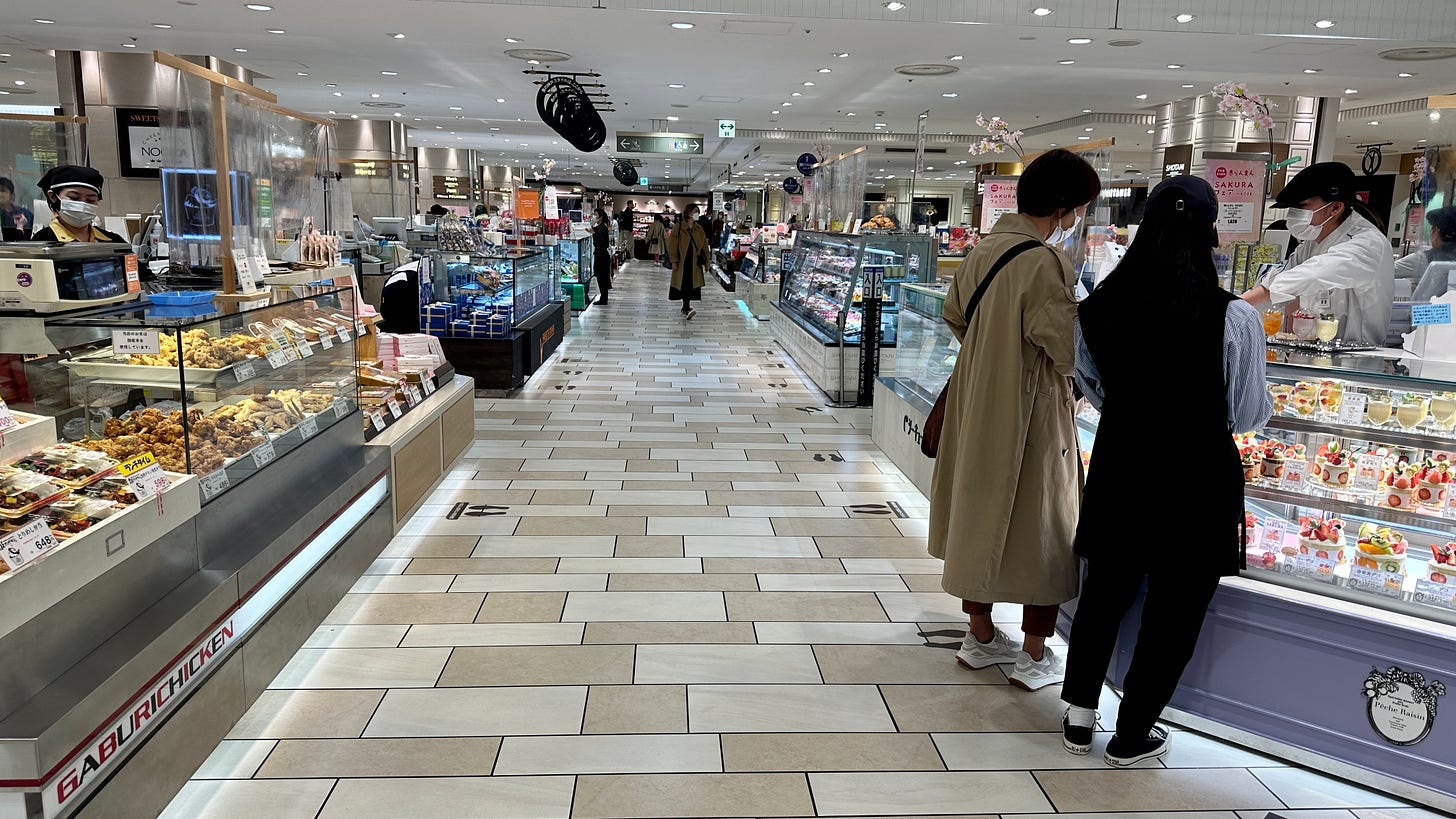
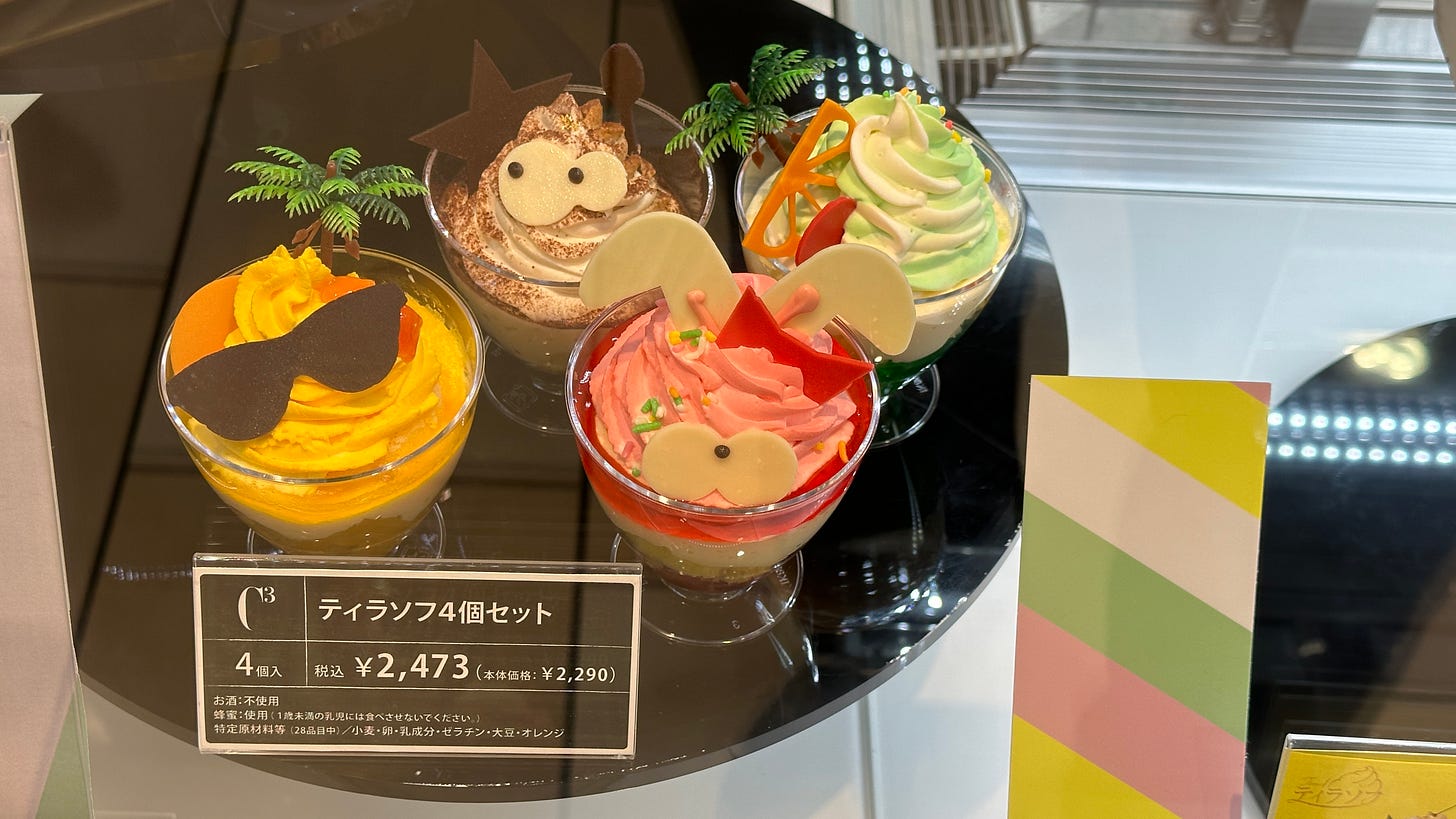
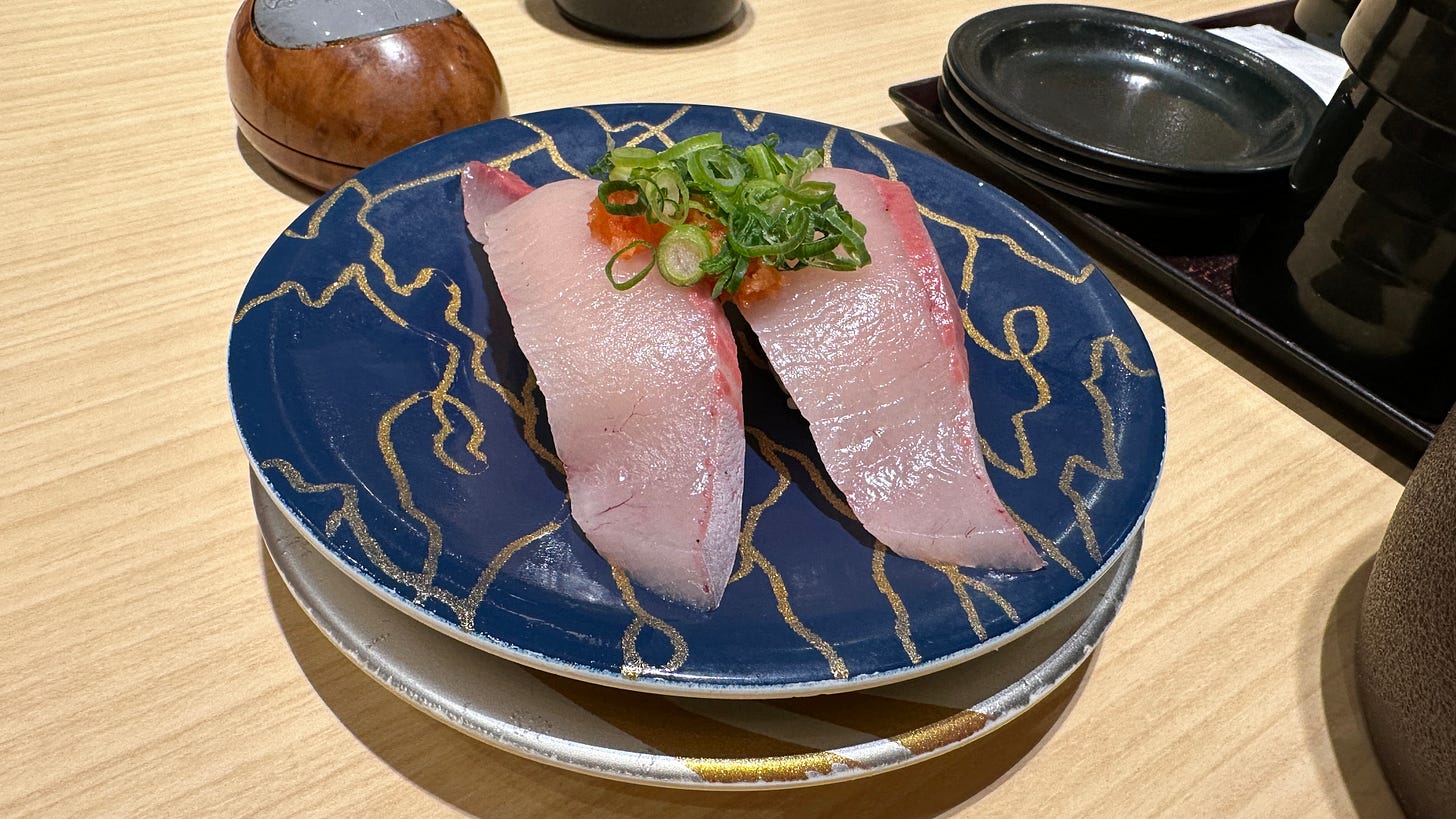


Wonderful account - you saved me the money to travel there! One thing I used to enjoy was tako but ever since reading about their intelligence levels and watching My Octopus Teacher I’ve taken them permanently off my “to eat” list. https://youtu.be/3s0LTDhqe5A
Just a wonderful post!! What a lovely getaway and nothing like knowing and being with family and friends who live there.